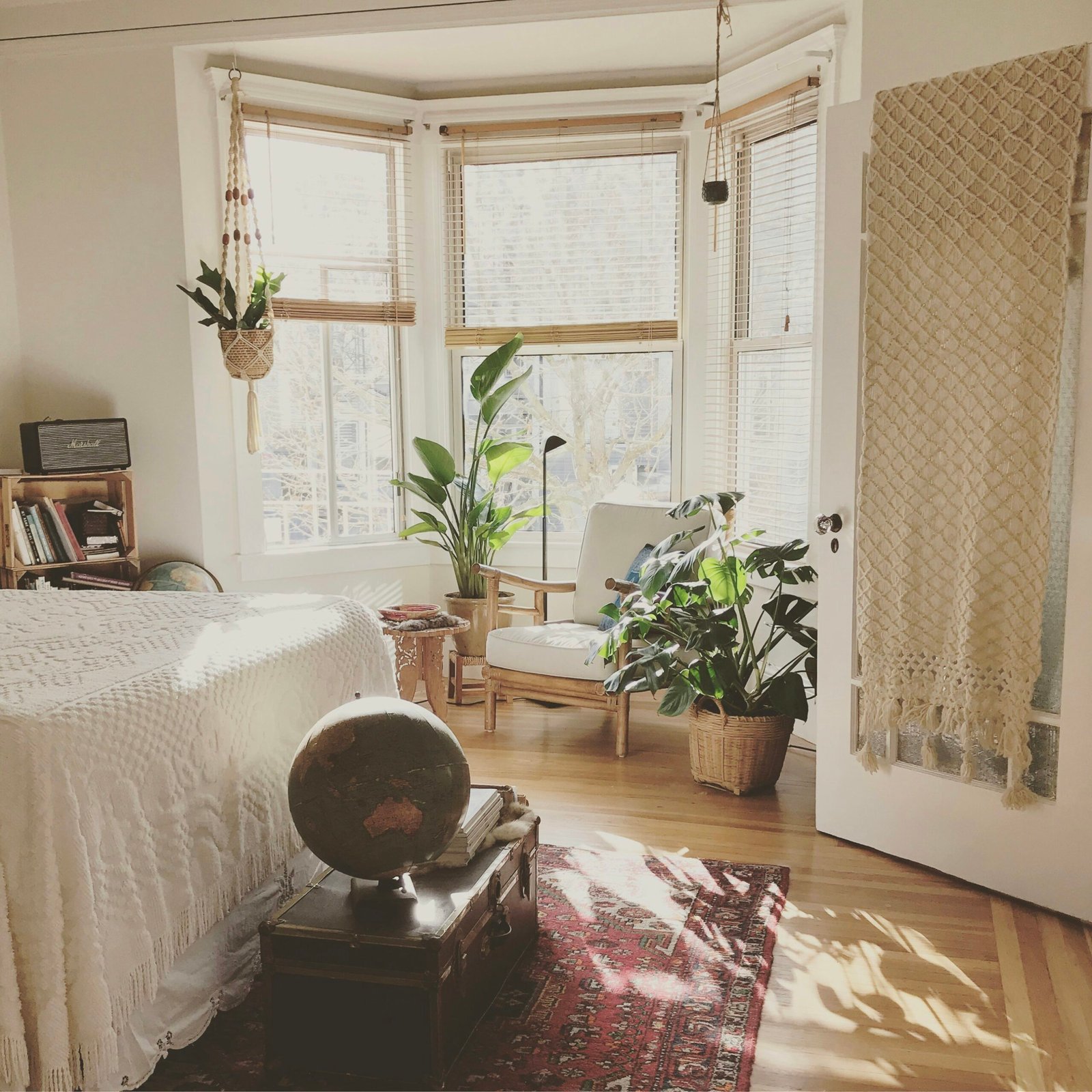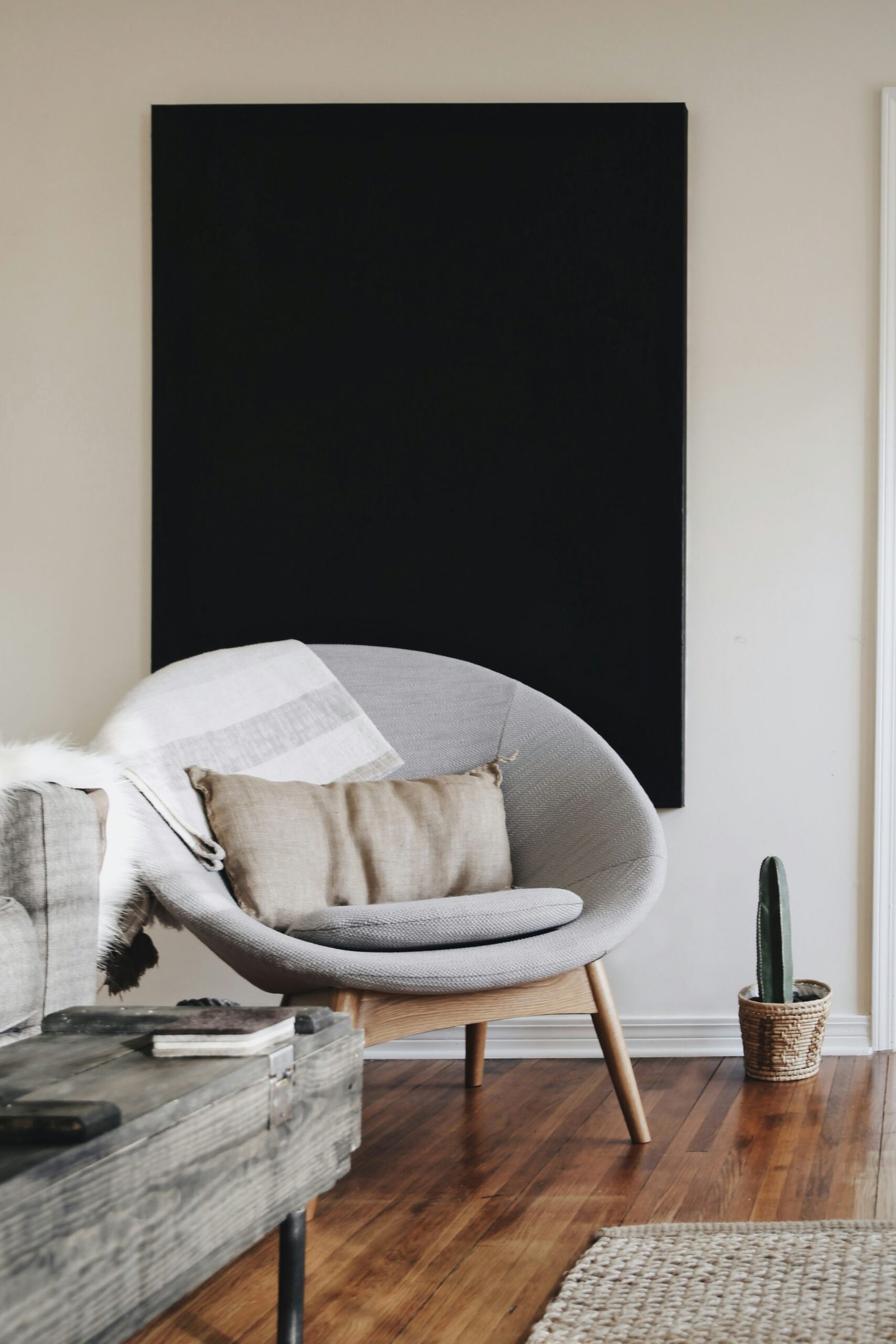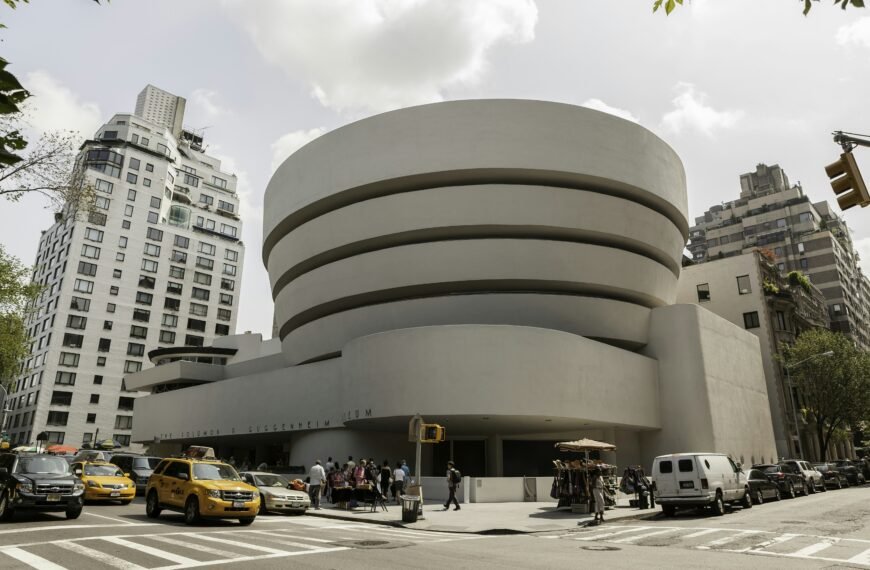Introduction
In this article, we will be exploring the exhibition “Pictures of Belonging,” which showcases the resilience and creative output of three female Japanese American artists during World War II. Through their artworks, Miné Okubo, Hisako Hibi, and Miki Hayakawa provide a poignant glimpse into their experiences of being imprisoned by the U.S. government.
Uncovering Stories of Resilience
These artists overcame immense adversity to create meaningful and powerful pieces of art that reflect their personal struggles and resilience. Through their artworks, they offer a unique perspective on the impact of war, discrimination, and displacement on individuals and communities.

The Artists
Let’s delve deeper into the lives and artistic contributions of Miné Okubo, Hisako Hibi, and Miki Hayakawa. Each artist has a distinct style and approach to their work, reflecting their individual experiences and emotions during a tumultuous period in American history.
Miné Okubo
Miné Okubo’s artwork often portrays the everyday lives of Japanese Americans during their internment in camps. Through her unique style and use of watercolors, Okubo captures the humanity, resilience, and struggle of individuals facing adversity.
Hisako Hibi
Hisako Hibi’s paintings depict scenes of beauty and resilience in the face of hardship. Her vibrant colors and attention to detail convey a sense of hope and perseverance, even in the darkest of times.
Miki Hayakawa
Miki Hayakawa’s artwork reflects a deep connection to nature and a sense of longing for home. Her landscapes and portraits evoke a sense of nostalgia and loss, highlighting the emotional toll of displacement and internment.
Themes in Their Art
The artworks of Miné Okubo, Hisako Hibi, and Miki Hayakawa touch on various themes that are central to their experiences as Japanese Americans during World War II. Let’s explore some of these recurring themes and how they are manifested in their art.
Family and Community
Family ties and communal bonds play a significant role in the lives of Okubo, Hibi, and Hayakawa. Their artworks often depict scenes of shared experiences, support, and solidarity within the Japanese American community, highlighting the importance of connection and resilience in times of adversity.
Nature and Identity
The artists’ deep connection to nature and their cultural identity is evident in their works. Through landscapes, flora, and fauna, they express a longing for their homeland, a sense of displacement, and a desire for connection to their roots amidst upheaval and uncertainty.
Resilience and Hope
Despite the challenges they faced, Okubo, Hibi, and Hayakawa’s art conveys a strong sense of resilience, hope, and optimism. Their ability to find beauty and meaning in the midst of hardship is a testament to the human spirit’s capacity for creativity and strength.

Legacy and Impact
The legacy of Miné Okubo, Hisako Hibi, and Miki Hayakawa extends beyond their individual artworks. Their contributions to the art world and their resilience in the face of adversity have inspired generations of artists and audiences, shedding light on a dark chapter in American history.
Artistic Influence
The unique perspectives and artistic styles of these three women have influenced contemporary artists and continue to resonate with audiences today. Their ability to capture the essence of human experience and emotion serves as a powerful reminder of the enduring impact of art in times of struggle.
Social Commentary
Through their art, Okubo, Hibi, and Hayakawa provide a critical commentary on issues of racism, discrimination, and injustice. Their poignant portrayals of life in internment camps challenge viewers to confront uncomfortable truths and reflect on the enduring legacy of systemic oppression.
Cultural Preservation
The artworks of these three artists serve as important cultural artifacts that preserve the stories and experiences of Japanese Americans during World War II. By sharing their narratives through art, they contribute to the ongoing dialogue about identity, heritage, and resilience in the face of adversity.
Conclusion
As we reflect on the artworks of Miné Okubo, Hisako Hibi, and Miki Hayakawa, we are reminded of the power of art to transcend boundaries, inspire change, and preserve history. Their resilience in the face of unimaginable challenges serves as a testament to the enduring spirit of humanity and the transformative power of creativity. Through their art, they have left behind a legacy that continues to resonate with audiences and shape our understanding of the past, present, and future.








